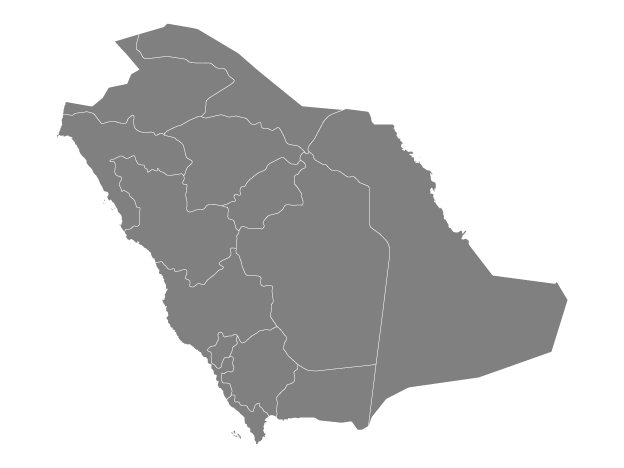
Shias in Saudi Arabia

Most Saudi Shias live in the Eastern Province of Saudi Arabia; in the al-Ahsa oasis and in the town of Qatif. There is also a Twelver Shia community in Medina (nakhawila), and an Ismaili Shia community in Najran, on the border to Yemen. The number of Saudi Shia is a disputed issue due to its political sensitivity. Saudi Arabia has 20 million citizens with an estimate of 6 to 20 per cent Shia, while Saudi Shia activists hold that the Shia community constitute 10-15% of the citizens of Saudi Arabia. Most Shias in the country belong to the Twelver Shia sect.
Discrimination of the Saudi Shia
Being a minority, the Saudi Shia suffers from religious, socioeconomic, and institutional discrimination enforced by the state and the Wahhabi clergy to whom the Shia has been the main enemy since the first state formation. When the Eastern Province was conquered by Abd al-Aziz Ibn Saud (hereafter: Ibn Saud) in 1913, Shia religious practices were forced underground. Since then, they have not been allowed to publicly commemorate Ashura, the commemoration of the martyrdom of the third Shia Imam, Hussein, at Karbala in 680. There have also been restrictions on the building of mosques and Hussainiyyat, Shia mourning houses and community centers. In Saudi Arabia, Shiism is not recognized as an Islamic sect, and Shia beliefs, practices, and community is left out of Saudi education and official history. Wahhabism will never accept “Shia Islam as a valid school of Islamic law”.
Saudi Shia activism and identity construction
Saudi Shias activists call for democracy, and religious and cultural diversity, arguing that “equality for the Shia involves above all recognition of their cultural and religious heritage”. A Saudi Shia identity based on their Muslim, Arab, and indigenous regional identities was presented, placing the Shia in the history of Saudi Arabia. Activists sought to assert a Shia ‘cultural authenticity’, and to “strengthen the identity of the people in the Eastern Province not based solely on religion but also on a shared history”, thus acting as identity entrepreneurs. In the late 1990s, a new public platform emerged with access to the Internet. The Saudi Shia created websites for local news and discussion boards, and made use of social media, all while finding ways to bypass the official censorship. Afterwards, the Eastern Province Shia could create closer relationships with other Shia communities in Saudi Arabia
The constant call for reform resulted in some changes especially after 2000s but subsequent reforms did not significantly change Saudi Shia situation.
Taken from: “Saudi, Shia, Saudi Shia? Online identity construction among Saudi Shia activists”
By: Silje Marie Andersen